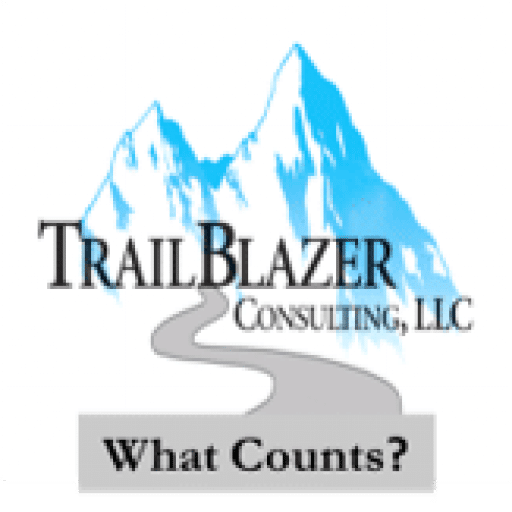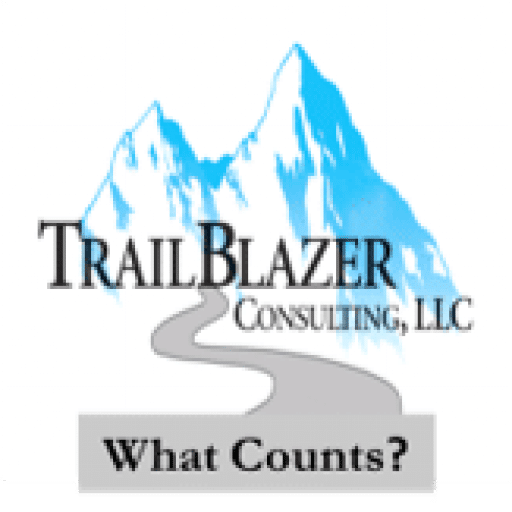Episode Transcript
[00:00:02] Speaker A: Hello, thank you for joining us. Welcome to what Counts, the podcast where we dive deep into the world of information governance. Here we highlight proven solutions developed through our experience working with companies across various industries. And we talk about how you can apply these solutions to your company.
Whether you're interested in information governance, have a need, or just curious to hear about information management challenges like email management, retention management or asset data management, this podcast is for you.
This is Lee. And in this episode or and I will talk about operational routes.
How about that? Setting up your business infrastructure. These are the foundational elements that power your operations behind the scenes and shape how your business communicates, operates and grows.
Let's start out with office supplies.
[00:00:53] Speaker B: I was gonna say, I just wanna comment, compliment you on that.
You really built up what we're gonna talk about here.
And I'm not saying it's not true. It just might not be the first thing that springs to mind when you, when somebody says operational infrastructure for a business and then you take us to office supplies. Supplies.
[00:01:18] Speaker A: But it's true. I mean, it's the first communication.
Maybe not the first communication, but you have your email stationary, so you have your bottom piece, that signature on there. And how do you design that? You have your stationary and your business cards and those are important too, because you worked hard in putting your branding together and your logo and so forth and you want to get it right on, on your stationery if in fact you still use stationary.
[00:01:47] Speaker B: Well, even if you don't use paper stationery, you might use your logo for a template for business correspondence or a template for, you know, a presentation format, PowerPoint or whatever the other ones are called.
Their names flew right out of my head. Sorry about that.
Because you're right, you're right, we did. We talked a lot about branding and the logo and it is important and, and even mundane details like what font do you use?
What font do we use for headers? What font do we use for the body of text in a letter or the body of text in a presentation? Do we use an outline format and headlines that you can develop in Word and have your own style sheet and all those things, they all are part of being a cohesive business to help so you don't just look haphazard to the world.
The content is the most important thing, what you're telling people. But how you show up, how it all looks together is important.
[00:02:56] Speaker A: Yeah, I mean, some companies ask for your letter on your letterhead, so you have to have a letterhead.
[00:03:05] Speaker B: That is true. We have had several companies ask for letterhead documentation related to what you might think is pretty straightforward information to put into their accounts payable system, which we want to get right because we want to be paid.
That's an important part of business.
And so. But even more mundane than that, think about your.
If you're in a physical space, if you're in a store or in a storefront or you have an office where people come in, do you have pens that people can use? Do you have pens that you use? Are the pens any good or are they just cute?
[00:03:41] Speaker A: Yeah, that's a key one. I remember going through that issue of trying to find the right pen that we were going to give out as. As gimmes or whatever you call them.
[00:03:50] Speaker B: Yeah. And that we wanted to use ourselves. And it was hard.
[00:03:53] Speaker A: It was.
[00:03:54] Speaker B: They looked good and they worked well at the beginning. But actually those pens have not, have not stood the test of time in my opinion. The ink is not flowing anymore.
So all of those things.
Are you going to be a paper based organization and therefore do you need file folders, do you need file cabinet, do you need loose leaf binders or will you end up with a surplus of loose leaf binders that you have to figure out how to get rid of them?
[00:04:26] Speaker A: Before you go on to hardware type things though, I want to say again, because I know I mentioned it when we were talking about logos and that is, remember the color, the number of your color.
Right. The. What do you call it?
[00:04:41] Speaker B: The numbers BG value.
[00:04:42] Speaker A: Yeah, yeah, whatever those are. Remember those things though, whatever they're called, remember the number of your color because you're going to get asked numerous times and if you go out to put it on a pen, get your logo on a pen, you're going to get asked for that color type thing or.
[00:04:59] Speaker B: A T shirt or something. If you want to sponsor something, if you're a local business and you're going to sponsor say a 10k in your town and you. They'll ask you for your logo and they'll want a print ready version and they'll want to know your colors or if you're sponsoring something digital or sponsoring a conference, same thing. We just had to do it last week for something we're sponsoring. Hand over our logo with all of our color information.
So it's important and it's part of your setup. I remember a business that I used to work with that I used to work for as an employee. When you got to a certain level, they gave you a notepad with your name on it from the desk of Moradun with the logo of the company on it. And I thought that was very cool.
And you see in airports you will often see employees of especially big accounting firms or big consulting firms, big technology firms, they all have backpacks with their logos.
So you can think about those things too. How do you want your employees to show up? Do they dress however they want or do they wear some, some kind of a uniform or some kind of a logo, clothing item?
And I think those are those things. These are all just decisions that you need to make.
Do you need, do you need like what I would think of as the typical old school office supplies like Post it notes and paper clips and a stapler. I can't remember the last time I used a Post it note was for a construction project because my contractor said I needed to put Post it notes on the wal next to the nails that I wanted him to take down.
I haven't used a Post it note for work purposes in I can't remember how long, but there was a time when I couldn't live without him too.
Yeah. So all of these things, there's so many details and all, and putting thought into all these details is how your business becomes a reality. It's not that you can't do work. You can do work, you can make things, you can sell things without all of this, but this makes you an entity.
[00:07:16] Speaker A: I agree. And so moving on to the hardware piece, the laptops, the printers, the scanners, the phones, even think longevity in mind. Right. You do want interoperability, you want connectivity, you want things that work, obviously. So if you have some experience with this printer or that printer or this scanner or that scanner, you know, you need to find the right equipment. But I wouldn't, just my opinion, I wouldn't mix Apple and IBM, you know, type of computers together in your, in one organization. Unless you have a creative arts graphic design group that could use that kind of computing.
[00:07:59] Speaker B: Yeah, that's an interesting question because I think we talked at some point about maybe not. Maybe this is the time.
Are you using standalone software that sits on a laptop or a desktop computer and when you're going to send a file to someone else, it has to be compatible or are you using a cloud based software suite, Google suite or the Microsoft online Office products that actually you can access those from a Mac or from a PC? We are doing that right now with one of our employees.
So technology has made that less of an issue than it used to be. Used to be a huge issue. It is now less of an issue. But I think the important thing is to understand how are your employees and you going to access your information and do you have the tools that you need and you have some choices there.
Do you make the investment in the cloud based tools?
Do you stick with just basic office tools?
Do you go with email and spreadsheets and some kind of a word processor and maybe a presentation tool?
That's probably all you need for most back office functions in a business.
But if you are a specialized business, say you are a silkscreen T shirt business and you have specialized graphic tools and you have sort of an art management software of some kind, an image management software, you need something much more sophisticated than just put a PNG file in a folder, then that's a different, that's a different requirement and you need to invest in that. But if you can get away with straight just basic office tools, then they're more accessible, they're easier to use, most people understand them and you can do a lot of things with them, especially when you're small and when you're new.
Over time, as your data continues to grow, your business continues to grow, it might be harder to manage using just those basic tools.
[00:10:22] Speaker A: And we can help you too. If you have any questions, please send us an email at info trailblazer.us.com or look us up on the web at www.trailblazer.us.com or our coaching and courses website which is www.trailblazerlearningacademy.com. all one word.
Thank you for listening and please tune into our next episode. Also, if you like this episode, please be a champion and share it with people in your social media network. As always, we appreciate you the listeners. Special thanks goes to Jason Blake created our music.

